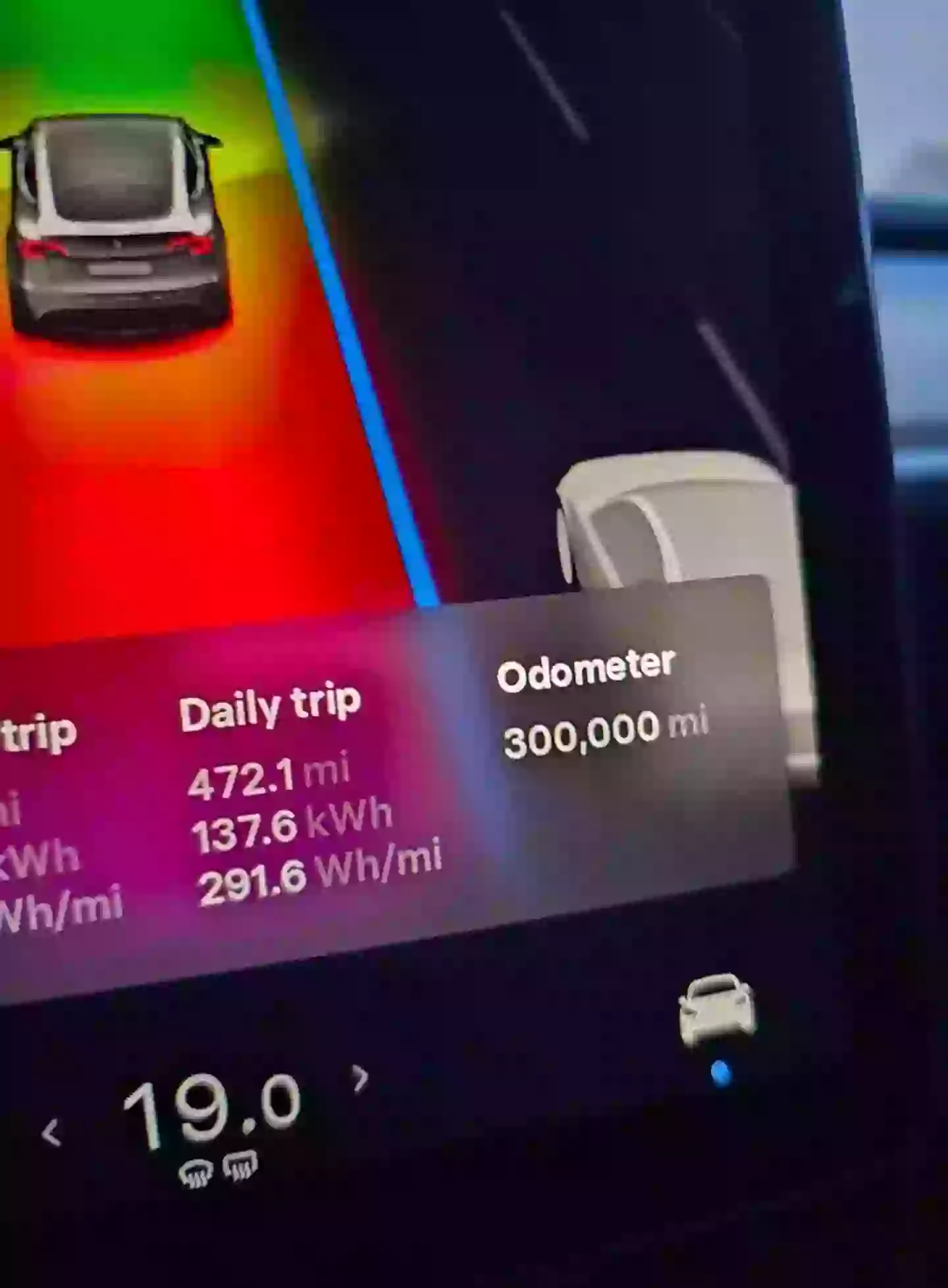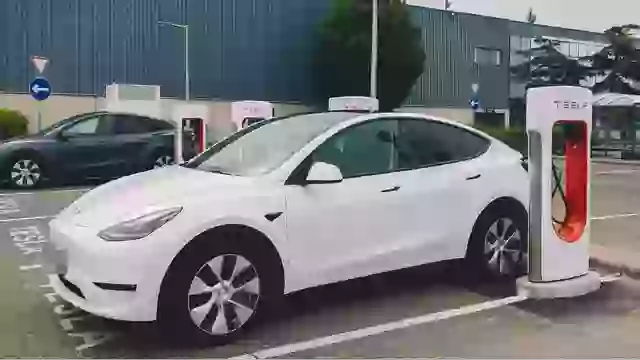Jason McKnight has taken his 2022 Tesla Model Y on an incredible journey of over 300,000 miles. Recently, he shared insights into how this heavy usage has affected his battery’s health.
Battery degradation is a hot topic for electric vehicle owners. Over time, batteries naturally lose their capacity to hold a charge, similar to how smartphone batteries wear out. Charging to full often speeds up this process.
Jason explained that despite driving so many miles in only three years, his Tesla’s battery, still original, has only lost about 21% of its capacity—much better than many might expect.

Tesla’s own data indicates their Model S and Model X vehicles only see about 12% degradation after 200,000 miles. Energy experts note that larger battery packs on electric buses and trucks degrade slower, giving fleet operators confidence in long-term cost-saving.
Tesla batteries can last 10 to 15 years, and you generally only need a replacement when battery capacity drops around 70%. This suggests a Tesla could possibly run close to a million miles before battery life ends, which is an impressive lifespan.
People online have expressed surprise at Jason’s mileage, with many calling their own cars “babies” in comparison. Driving 100,000 miles a year, Jason has a solid chance of many more miles before he needs to think about a new battery.


